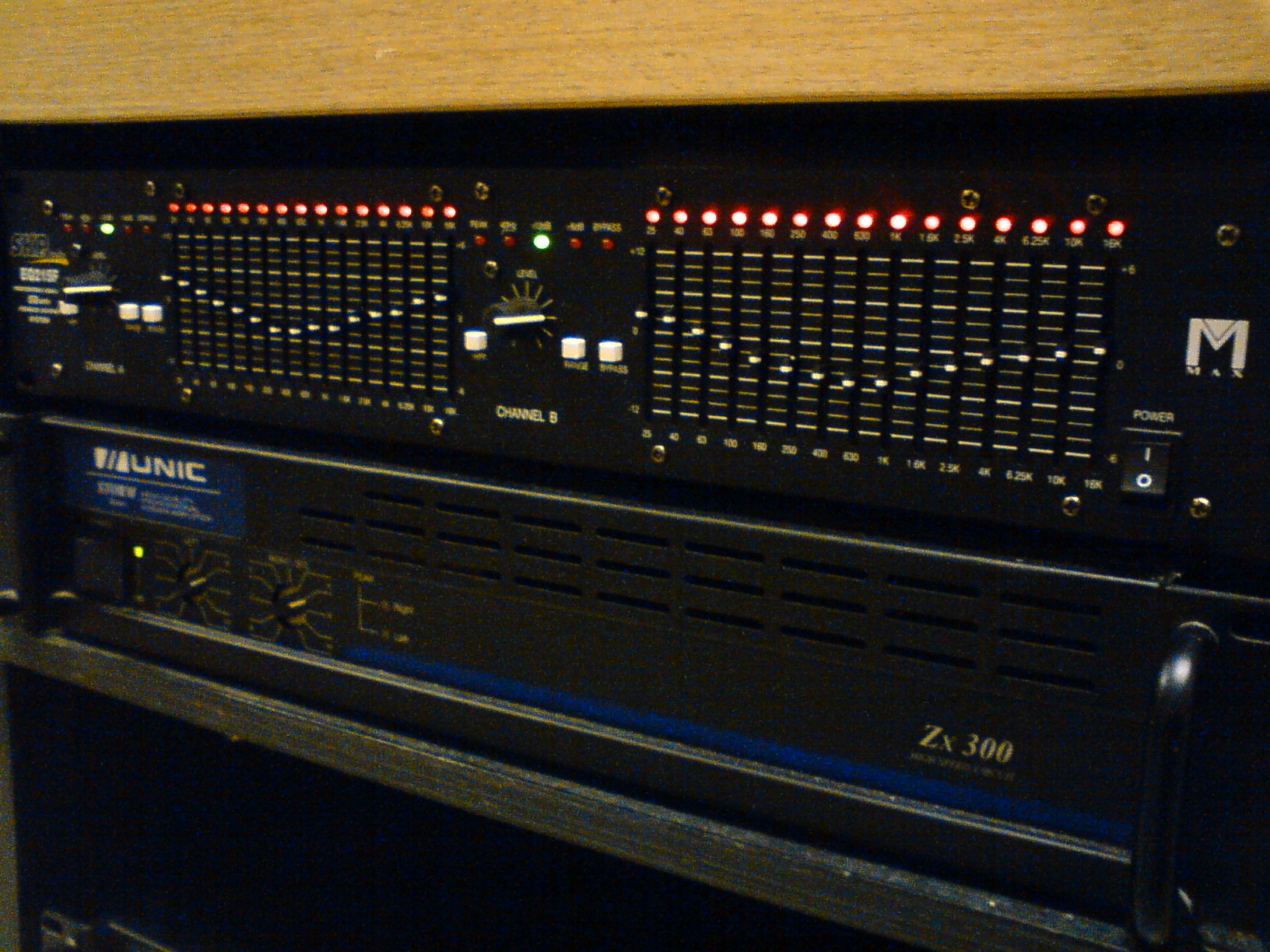Having trouble with your Dell laptop’s sound card? Look no further for a comprehensive troubleshooting guide.
Troubleshooting hardware problems
Dell Laptop Sound Card Troubleshooting
If you’re experiencing sound issues with your Dell laptop, there are a few troubleshooting steps you can take to resolve the problem.
First, check the volume settings on your laptop. Make sure the volume is turned up and not muted. You can adjust the volume by clicking on the speaker icon in the taskbar and dragging the slider up or down.
If that doesn’t work, try restarting your laptop. Sometimes a simple reboot can fix sound problems.
If the sound issue persists, check the audio settings in Windows. Right-click on the speaker icon in the taskbar and select “Open Sound settings.” Make sure the correct audio output device is selected and that the volume is turned up.
If you’re using external speakers or headphones, make sure they’re properly connected to your laptop. Check the cables for any damage or loose connections.
If you’re still not getting any sound, it’s possible that the sound card drivers are outdated or corrupted. You can update the drivers by going to the Dell support website and downloading the latest drivers for your specific laptop model.
If none of these steps work, there may be a hardware issue with your laptop’s sound card. In this case, it’s recommended to contact Dell technical support for further assistance.
Adjusting audio settings

To troubleshoot sound card issues on your Dell laptop, follow these steps:
1. Open the Windows 10 Start menu and type “Sound settings” in the search bar. Click on the “Sound settings” option that appears.
2. In the Sound settings window, you’ll see a list of audio devices. Select the one you’re having trouble with, such as your headphones or built-in speakers.
3. Check the volume slider and make sure it’s not set to zero or muted. Drag the slider to increase the volume if necessary.
4. If you’re using Bluetooth headphones or speakers, ensure they’re properly connected to your laptop. Refer to the device’s user manual for instructions on pairing.
5. If you’re using wired headphones, make sure they’re securely plugged into the phone connector (audio) jack on your laptop.
6. Test the audio by playing a song or video. If there’s still no sound, try adjusting the audio balance by moving the slider towards the speaker or headphone side.
7. To rule out software issues, update your device drivers. Visit Dell’s support website and download the latest drivers for your laptop model.
8. If you suspect a malware infection, run a full scan using reliable antivirus software. Remove any detected threats and restart your laptop.
9. If you’re still experiencing sound problems, try resetting the Windows audio settings. Right-click on the volume icon in the taskbar, choose “Open Sound settings,” and click on the “Troubleshoot” button.
10. If all else fails, consider contacting Dell’s technical support for further assistance. They can help diagnose and resolve any hardware-related issues.
Changing audio format
To change the audio format on your Dell laptop sound card, follow these steps:
1. Open the Sound settings: Right-click on the speaker icon in the taskbar and select “Open Sound settings” from the context menu.
2. In the Sound settings, click on the “Sound Control Panel” link under the “Related Settings” section.
3. In the Sound Control Panel, select the “Playback” tab. This will show you a list of all the audio devices on your laptop.
4. Select your Dell laptop sound card from the list and click on the “Properties” button.
5. In the Properties window, go to the “Advanced” tab.
6. Under the “Default Format” section, you can change the audio format by selecting a different option from the drop-down menu.
7. Click on the “Apply” button to save the changes.
Note: Changing the audio format may require your sound card to support the selected format. If you experience any issues or the audio quality is affected, try selecting a different format or consult the Dell support website for further troubleshooting steps.
python
import os
import subprocess
def check_sound_card():
try:
subprocess.check_output("powershell.exe Get-WmiObject Win32_SoundDevice | Select Manufacturer, Name, Status", shell=True)
print("Sound card information:")
print("-------------------------------")
os.system("powershell.exe Get-WmiObject Win32_SoundDevice | Select Manufacturer, Name, Status")
except subprocess.CalledProcessError as e:
print("Error occurred while checking sound card:", e)
def restart_audio_services():
try:
subprocess.check_output("net stop audiosrv", shell=True)
subprocess.check_output("net start audiosrv", shell=True)
print("Audio services restarted successfully.")
except subprocess.CalledProcessError as e:
print("Error occurred while restarting audio services:", e)
# Main program
check_sound_card()
restart_audio_services()
Updating audio driver
To update the audio driver on your Dell laptop, follow these steps:
1. Press the Windows key on your computer keyboard to open the Start menu.
2. Type “Device Manager” in the search bar and select it from the list of results.
3. In the Device Manager window, expand the “Sound, video, and game controllers” category.
4. Right-click on your audio device and select “Update driver” from the context menu.
5. Choose the option to search automatically for updated driver software.
6. Windows will now search for the latest driver for your audio device and install it.
7. Once the driver update is complete, restart your laptop to apply the changes.
Updating your audio driver can resolve sound card issues and improve audio quality on your Dell laptop.
If you are still experiencing sound problems after updating the driver, you can try other troubleshooting steps or contact Dell support for further assistance.
Reinstalling audio driver
To reinstall the audio driver on your Dell laptop, follow these steps:
1. Press the Windows key and X key on your computer keyboard at the same time to open the Start menu.
2. Select “Device Manager” from the list of options.
3. In the Device Manager window, expand the “Sound, video and game controllers” category.
4. Right-click on the audio device listed and select “Uninstall device.”
5. A confirmation window will appear. Check the box that says “Delete the driver software for this device” and click “Uninstall.”
6. Once the driver is uninstalled, restart your computer.
7. After the computer restarts, it will automatically reinstall the audio driver. If it doesn’t, follow steps 1-3 again and then right-click on any device listed in the “Sound, video and game controllers” category. Select “Scan for hardware changes.”
8. Windows will search for the audio driver and automatically install it.
If you’re still experiencing sound issues after reinstalling the audio driver, you may need to troubleshoot further or contact Dell support for assistance.
Causes of no sound from Dell laptop speakers
- Audio settings: Check if the sound on your Dell laptop is muted or the volume is set too low in the audio settings.
- Driver issues: Ensure that the sound card driver on your Dell laptop is up to date and functioning properly.
- Hardware problems: Examine the physical connection of the speakers to the laptop and make sure they are properly plugged in.
- Audio enhancements: Disable any audio enhancements or effects that might be interfering with the sound output.
- Conflicting applications: Determine if any software applications or programs are conflicting with the sound card, and try closing or uninstalling them.
- Operating system updates: Verify if the latest updates for your Dell laptop’s operating system are installed, as they may resolve sound-related issues.
- Virus or malware: Run a scan on your Dell laptop to check for any viruses or malware that could be affecting the sound functionality.
- External devices: Disconnect any external devices connected to your Dell laptop that might be sending audio output to another source.
- Default audio device: Ensure that the correct audio device is set as the default playback device on your Dell laptop.
- System restore: Consider performing a system restore to a previous point when the sound on your Dell laptop was working correctly.
Recovering lost data from Dell
If you’re experiencing issues with your Dell laptop’s sound card, there are a few steps you can take to troubleshoot and potentially recover any lost data.
First, ensure that your sound card is not physically damaged. Check the connection and make sure it is securely plugged in. If there is any dust or debris, gently clean it with a cotton swab. Dust or lint buildup can sometimes interfere with the sound card’s performance.
Next, check your audio settings in Microsoft Windows. Navigate to the sound settings by right-clicking on the speaker icon in the taskbar and selecting “Open Sound settings.” Make sure the correct playback device is selected and that the volume is turned up. You can also try adjusting the slider for pitch or other audio settings to see if that resolves the issue.
If the issue persists, it may be worth checking for any driver updates. Visit Dell’s website and search for your specific laptop model. Look for any available audio driver updates and download them. Install the updates and restart your laptop to see if that resolves the issue.
If none of these steps work, you can try using a software solution to recover any lost data. One option is to use a data recovery tool like Microsoft’s Windows Data Recovery Tool. This tool can help you recover deleted or lost files from your Dell laptop’s hard drive.
Finally, if all else fails, it may be necessary to contact Dell support for further assistance. They can provide guidance and help you troubleshoot any hardware or software issues that may be causing the problem.






